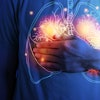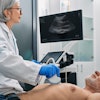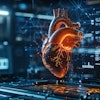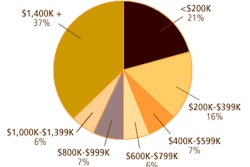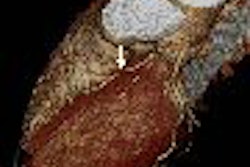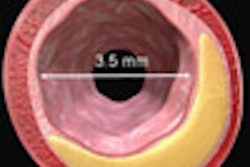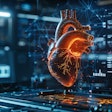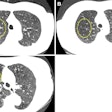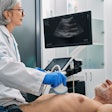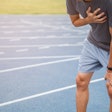Dear Cardiac Insider,
Early reports on the use of dual-source CT for cardiac imaging have been quite positive. Radiologists are acquiring crisp images of fast-beating hearts without the use of beta-blockers.
But the radiation dose for coronary CT angiography, plenty high even with single-source 64-slice MDCT, has been a source of concern, marketing hype, and given the absence of large prospective trials, considerable speculation.
Does the new dual-source scanner from Siemens Medical Solutions of Malvern, PA, produce half the radiation dose of single-source systems, or twice the dose, or somewhere in between? Medical physicist Sandra Halliburton, Ph.D., and her colleagues at the Cleveland Clinic Foundation in Ohio scanned more than 500 patients on one system or the other to find out. You'll find the results in this issue's Insider Exclusive article, brought to our cardiac imaging subscribers days before our other members can access it.
Also with the aid of dual-source scanning, researchers from the Mayo Clinic in Rochester, MN, are working to distinguish iron from calcium deposits in the coronary arteries in an effort to identify patients at risk of plaque rupture.
There is more news to ponder in our Cardiac Imaging Digital Community. In a story that appears today, Dr. Norbert Wilke and colleagues from the University of Jacksonville in Florida have developed a triple rule-out protocol for patients with chest pain that offers even contrast enhancement in the coronary arteries, pulmonary arteries, and the aortic arch in a single pass.
And in cardiac MRI, a team from Germany found MR stress perfusion imaging with adenosine safe for routine clinical use. Major events were very rare and completely reversible by stopping the infusion, they concluded. Another German group believes that having a pacemaker should not prevent a patient from undergoing cardiac MRI. They found no adverse events with a wide variety of pacemakers, according to the study.
Below you'll find many more stories on cardiac imaging, in vitro and in vivo, including highlights of the 2006 RSNA meeting. And we're looking forward to an exciting 2007.
